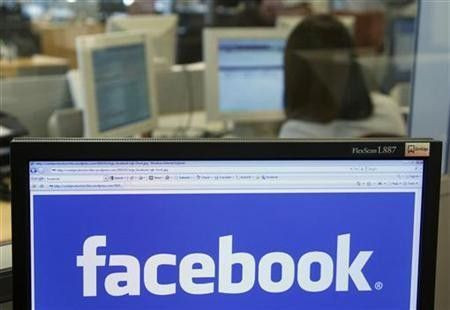Is Facebook Really Worth $70 billion?

GSV Capital Corp (NASDAQ:GSVC), an investment fund, recently bought 225,000 shares of Facebook at an average price of $29.28 per share.
The first significance of this transaction is that the general public can, for the first time, get a slice of Facebook by investing in GSV. GSV's Facebook holding represents about 15 percent of its overall portfolio.
The second significance is that the purchase, at $29.28 per share, valued the entire company of Facebook at $70 billion. Previously, valuations of $50 billion and $100 billion were thrown around.
Here's how a valuation of $70 billion compares to other tech companies:
Google - $154 billion
Yahoo! - $19 billion
AOL - $2 billion
Facebook currently has about 140 million visitors per month. This compares to 150 million for Google, 100 million for Yahoo!, 50 million for AOL.
In 2010, Facebook earned a profit of $600 million. This compares to $19 billion for Google, $4 billion for Yahoo, and $1 billion for AOL.
At current profits, Facebook's valuation isn't justifiable. The valuation, instead, all depends on growth.
Facebook may have hope on the traffic monetization growth front because it's clearly making less money with more traffic compared to Yahoo! and AOL. Facebook also has the advantage of possessing more information on its users than its competitors, which is attractive to advertisers.
On the traffic growth front, it doesn't look too promising. Nowadays, Facebook has essentially saturated the US market; its growth now comes from emerging market countries that command relatively low advertising rates.
Below is a table illustrating that Facebook has probably saturated the age 45 and under US population, which represented 97 percent of Facebook users in 2008, according to calculations by Nick Burcher.
© Copyright IBTimes 2025. All rights reserved.





















